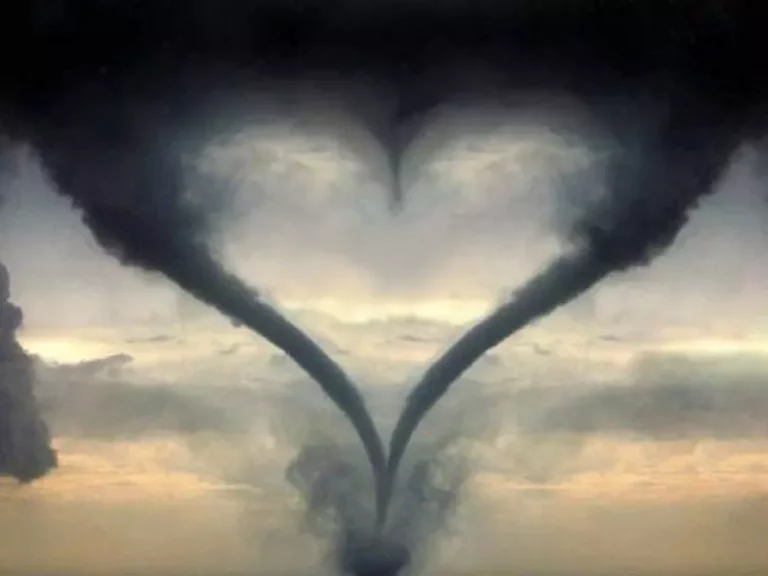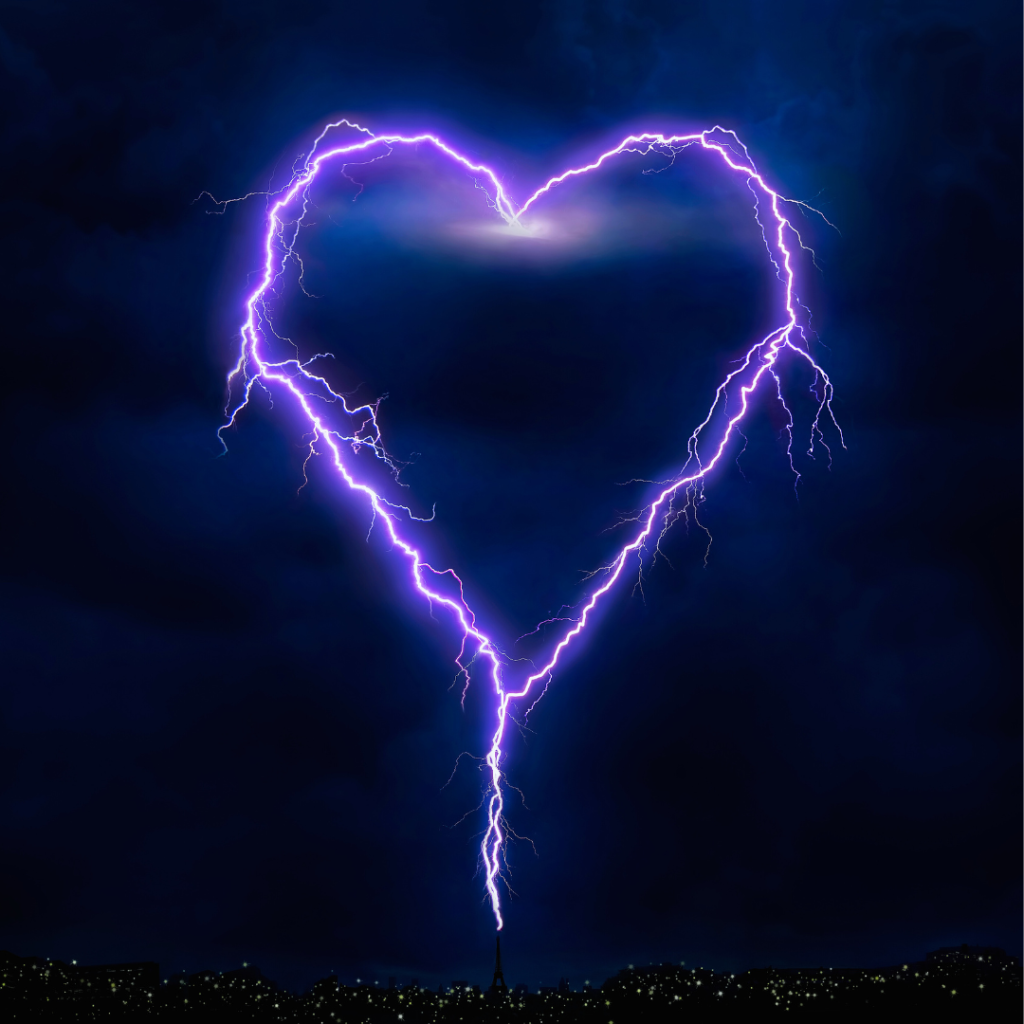“To speak and to speak well are two things. A fool may talk, but a wise man speaks.” ~ Ben Jonson
The source of expression and manifestation, the fifth chakra: Vishuddha (translates to ‘especially pure’), the throat chakra, is the purification center which gives voice to our spirit. This is where energy transforms into our manifestations in the physical world. Situated at the center of the throat, the fifth chakra is associated with creativity, truthfulness, sound vibrations, honesty, loyalty and gentleness.
The strength and power of throat chakra lies in our ability to know who we are and assert the same publicly. Vishuddha chakra is symbolized by a sky-blue lotus with sixteen petals. With the purification of the Vishuddha chakra, deep Listening becomes another essential skill. By listening with conscious intent, deep knowing arises; through deep knowing, a deeper being results.
Associated with the affirmation, ‘I Speak’, a creative person will essentially need an open throat chakra to excel in her/his respective field. On the other hand, the disadvantages of a closed Vishuddha chakra are thyroid problems, hearing problems, speech problems, ignorance, knowledge used unwisely and dishonesty.
Here is a quick guide to the Throat Chakra:
Colour: Sky Blue
Element: Ether or Akaasha
Glands/Organs: Thyroid, Parathyroid, Hypothalamus, Throat, Mouth
Gems/Minerals affecting it: Turquoise, Chrysocolla, Celestite, Blue Topaz, Sodalite, Aquarium, Azurite, Lapis Lazuli, Kyanite.
Foods: Blue or Purple Fruits and Vegetables
The origin of creative thinking and the identification of the self, if we find ourselves attracted to the blue color in almost all our choices, we need to stop and evaluate. The simple reason to be attracted to any specific color denotes the lack of that specific color in our aura body and improper functioning of the respective chakra.
Setting your intention to release any blockages in the throat chakra, here are five yoga poses to balance the throat chakra.
Neck release Movement
How to: Be seated in a comfortable sitting pose with an elongated spine and root pressed into the ground. Start with rotating your neck, first clockwise then anticlockwise, five times. Inhale and while exhaling, gently rotate your neck to look right, inhale, come back centre, again exhale turn the head to the left side. Repeat the movement 5-7 times.
Now, gently tilt your neck on the left side first and place the left hand on the right side of the head. (Refer to the image above) Press the left shoulder down, ensure that the shoulder is not lifted at any time. With very mild pressure, press the left hand and pull the neck towards the left side. Feel the stretch on the right hand side of the neck. Spend 5-7 breaths here. Come back and repeat on the other side.
Why to: All forms of nerves and nadis (energy channels) cross from the neck area. When the neck is stiff, these channels are under pressure. Releasing the tension will automatically release pressure from the neck, thereby giving space to the throat chakra.
Seated Cat Cow Pose
How to: A seated modification of Cat pose (Marjaryasana) and Cow Pose (Bitliasana), is great for those who have sedentary jobs. Be seated in a chair and place your hands either on the knees or on the table for extended support & leverage. As you inhale, gently arch your back or spine, forming an exaggerated concave in the spine and gaze upwards. As you exhale, push the navel backwards towards the spine, forming a convex with the spine and gaze downwards. Repeat 5 to 7 times.
Why to: This movement of contraction and release of the spine and neck loosens up the tight muscles of the area and allows the chakra to expand. Find your pace and go slowly forming a rhythmic wave pattern with each and every breath.
Singhasana or Lion Pose
How to: Be seated in Vajrasana (thunder bolt pose) with feet pointing outwards, if you cannot, you can also sit cross legged. Press the palms of both the hands on the knees and extend your fingers. As you inhale, widen your eyes, bring your tongue out, contract the throat muscles and exhale with a loud ‘Haaa’ sound. This act is similar to a lion’s roar.
Why to: Strengthening the muscles of the throat, neck, chest and face, the pose clears any form of blockages in the fifth chakra. It gives you the confidence to freely express oneself and command authority like a lion.
Halasana or Plow Pose
How to: Lie down in supine position with knees bent on the floor. Bring your legs up to 90 degree position. Press the elbow on the ground and hold the waist area from both sides. Lift the hips up and start by taking the legs backwards. Extend the legs overhead, reaching your feet to touch the floor behind you.
Initially you can place a blanket/block on the floor behind the head to place your legs on it, and gradually on the floor directly. The gaze should be at the navel and hands should initially support the back. In a full pose, the hands can extend and fingers can be interlaced, once you find balance in the pose.
At any time, if you feel pain in the neck, begin by coming back slowly. First bring your legs back in 90 degree position and then back on the floor.
Why to: By compressing the throat chakra, the pose squeezes out all negativity and opens the back of the neck. This action also stimulates the thyroid gland and is great for treating any major ailments due to an imbalanced throat chakra.
Viparita Karani asana or Legs-up-the-wall pose

How to: Start with the use of a prop, either a bolster or a brick, sit on any side of the prop. Now, lie down toward the open end with an aim to adjust the sacrum to the wall. There should not be any gap between the sacrum and the wall. Bend your legs first, with feet pressed in the wall, adjust if you have to. The arms are left loose. Finally, raise the legs and rest them entirely on the wall. Stay here for 10 to 15 breaths or more. Be sure not to twist off the support when coming out. Instead, slide off the support onto the floor before turning to the side.
Why to: Viparita Karani asana is a therapeutic pose and is recommended to ease out any form of stress and tension. It relaxes the organs from the gravitational pull they face on an everyday basis, the pose changes the flow of blood. It increases the flow of blood in the neck and throat area, stimulates the thyroid gland, functions of the endocrine system, and expands the Vishuddha chakra. This pose gives blood circulation a gentle boost toward the upper body and head, which creates a pleasant rebalancing after you have been standing or sitting for a long time.
Some other poses, already discussed in previous articles are Matsyasana and Ustrasana. For those who wish to further challenge themselves and advance their practice, these poses can be tried under expert guidance: Karnapidasana or Ear Pressure Pose , Mirigasana or Deer Pose, Salamba Sarvangasana or Supported Shoulder Stand.
Seed Mantra Chanting
How to: HAM (pronounced as HUM in the word ‘Humble’) is the seed or beej mantra of the Throat Chakra. Sit cross legged or lotus pose and take deep breaths. Now, bring all your attention to the throat region, start chanting ‘HAM’. Imagine the chakra opening with the energy flowing in a horizontal movement. Chant HAM three times, then chant ‘OM’ and feel the flow of the energy vibrating vertically from head to toe, going inside Earth. Now repeat the chant silently in the same order. This is one set. Continue to chant HAM and OM, first out loud and then silentlly, till you wish to.
Why to: The seed invocation is a form of a charged mantra. The sound when chanted resonates and reaches directly to the centre of the respected chakra and immediately activates it. The sound vibration of the chants clears up the blockages of the throat chakra. If you feel you are unable to speak up, have confidence issues, difficulty in hearing or any form of hearing or thyroid related issues, do this meditation daily for 21 days to experience the profound benefits of an open throat chakra.
Image Source
Throat chakra
Original artwork by Lori A Andrus
















 “Creativity—like human life itself—begins in darkness.” ~ Julia Cameron
“Creativity—like human life itself—begins in darkness.” ~ Julia Cameron





 But, nonetheless, it happens. It may happen so sneakily and slowly that we may not even realize we had become that person until we are knee deep in incense sticks, crystals, drum-circles, and tarot cards. And none of these things are “wrong”, they’re all just ways to experience the “all that is”, but at some point on this path we will have to come face to face with our own heart.
But, nonetheless, it happens. It may happen so sneakily and slowly that we may not even realize we had become that person until we are knee deep in incense sticks, crystals, drum-circles, and tarot cards. And none of these things are “wrong”, they’re all just ways to experience the “all that is”, but at some point on this path we will have to come face to face with our own heart.





